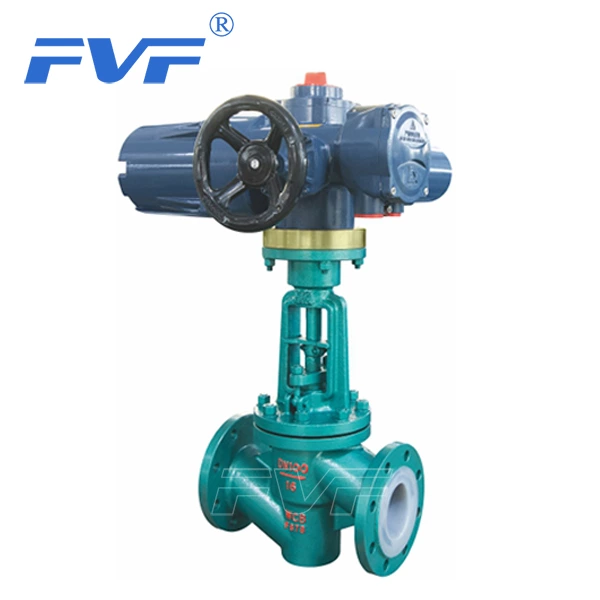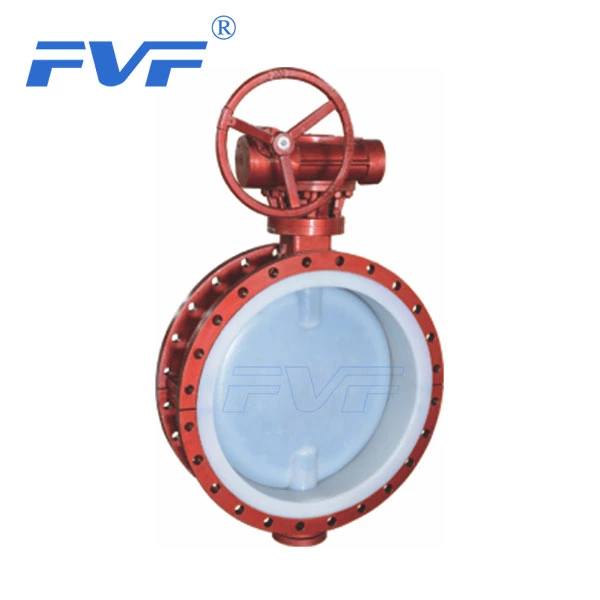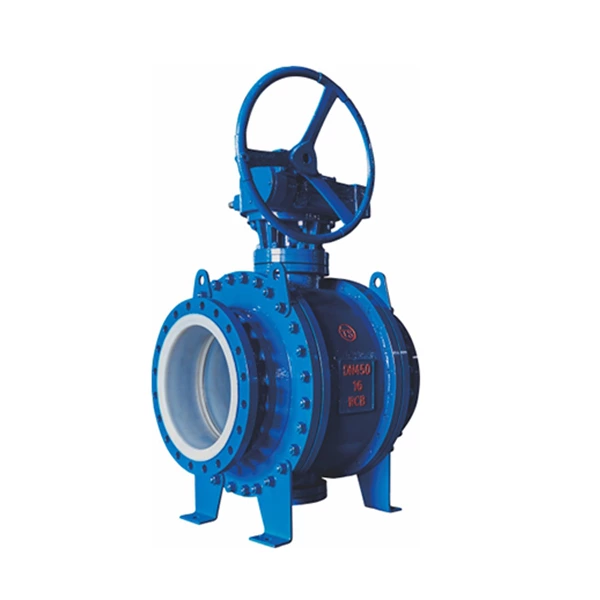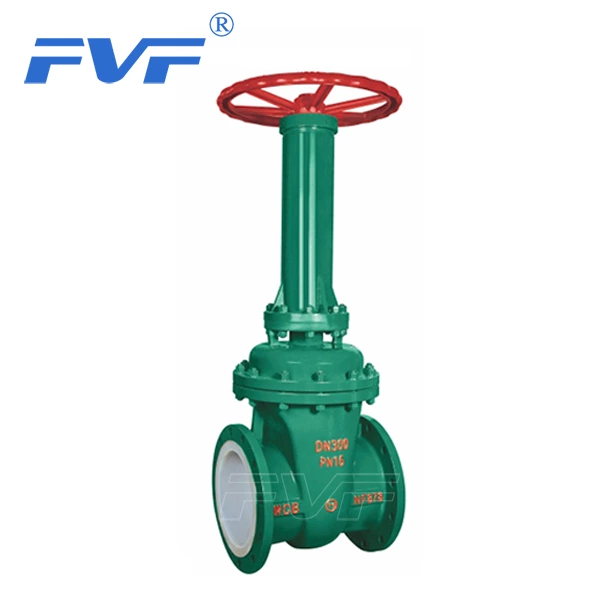Three Innovations Of Fluorine-lined Stop Valve Win The Market Initiative
Lined Globe Valve is used as a cut-off medium. When fully open, the entire flow is straight, and the pressure loss of the medium is small. Fluorine-lined stop valves are usually suitable for working conditions that do not require frequent opening and closing, and keep the gate fully open or fully closed. It is not suitable for use as a regulator or throttle. For high-speed flowing media, the gate can cause vibration of the gate when it is partially open, and the vibration may damage the sealing surface of the gate and the valve seat, and throttling will cause the gate to be eroded by the medium. From the structural form of pneumatic fluorine-lined stop valves, the main difference is the form of the sealing element used. According to the form of the sealing element, fluorine-lined stop valves are often divided into several different types, such as: wedge-type stop valves, parallel stop valves, parallel double-disc stop valves, wedge-type double-disc gates, etc. The commonly used forms are wedge-type stop valves and parallel stop valves. The fluorine-lined stop valve adopts fluorine plastic lining technology, and the valve body adopts investment casting, which has high strength and smooth appearance. All the flow parts in contact with the liquid are fluorine plastic, so it can be used for a long time in corrosive pipelines and pipelines of any concentration within the range of -50℃ to 180℃. However, it should be emphasized that the stop valve with fluorine plastic lining is strictly prohibited from being used for flow adjustment to avoid high-speed medium flow erosion and damage to the sealing surface at the throttle.
Innovation point 1 of the fluorine-lined stop valve: the arc-curved flow channel shape of the old stop valve body is changed, and a straight line structure is adopted. The bottom of the valve body is smooth and the medium has nowhere to stay, which fully meets the industrial production hygiene requirements of the food and pharmaceutical industries. In the chemical industry, the working conditions where the medium often needs to be changed, because there is no residual liquid, the purity of the medium is improved, which is conducive to the quality assurance of chemical products. This flow channel is conducive to the processing of the lining layer.
Innovation point 2 of the fluorine-lined stop valve: the sealing surface adopts a conical surface seal, and impurities will not stay on the sealing surface, and the sealing life is longer than that of a flat seal; the conical surface seal is adopted, and the flow rate can present a linear positive proportional relationship, which can be used to adjust the flow rate.
The third innovation point of fluorine-lined stop valve: According to the user's special working conditions, the lining layer can be sprayed with Al2O3 nano-ceramic powder. Spraying the nano-ceramic layer overcomes the defects of sintered ceramics. The corrosion resistance and wear resistance of this product are greatly improved, and the working temperature can reach 425℃. The service life of this new type of lined stop valve is 5 to 10 times longer than that of ordinary stainless steel valves.
Fluorine-lined stop valves have the advantages of compact structure, flexible opening and closing, strong corrosion resistance, and short stroke (generally 1/4 of the nominal diameter). They are widely used in pipeline systems such as petroleum and chemical industries to cut off media. However, it should be emphasized that fluorine plastic-lined stop valves are strictly prohibited from being used for flow regulation to avoid high-speed medium flow erosion and damage to the sealing surface at the throttle port. Fluorine-lined stop valves are forced sealing valves, so when the valve is closed, pressure must be applied to the valve disc to force the sealing surface to not leak. When the medium enters valve 6 from below the valve disc, the resistance that the operating force needs to overcome is the friction between the valve stem and the packing and the thrust generated by the pressure of the medium. The force to close the valve is greater than the force to open the valve, so the diameter of the valve stem should be larger, otherwise the valve stem will bend. In recent years, since the emergence of self-sealing valves, the medium flow direction of fluorine-lined stop valves has changed to enter the valve cavity from above the valve disc. At this time, under the action of the medium pressure, the force to close the valve is small, while the force to open the valve is large, and the diameter of the valve stem can be reduced accordingly. At the same time, under the action of the medium, this type of valve is also more tight.







